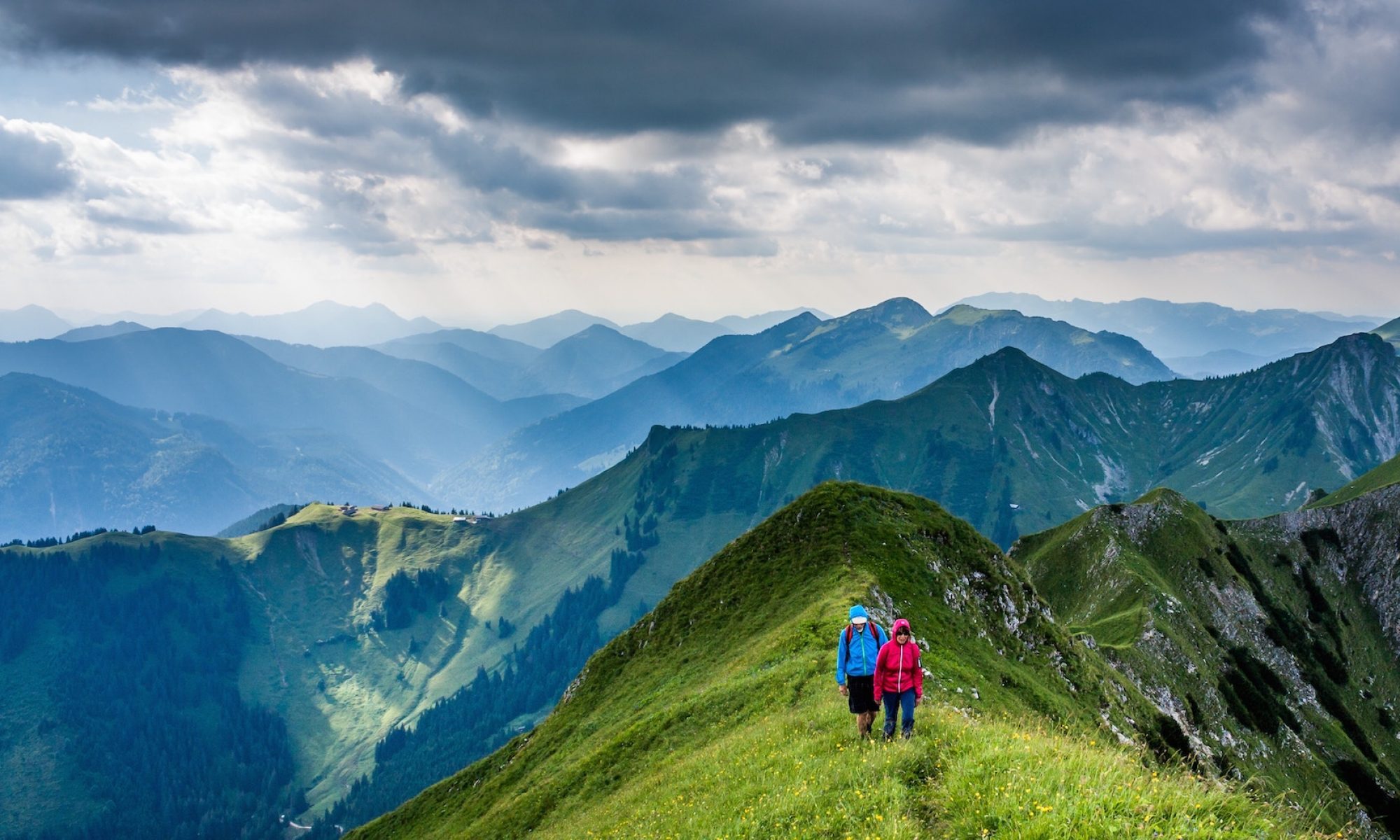Guest post by Benjamin Biancini:
A fusion of hiking and canoeing. The BWCA Wilderness is unique to all other US national parks.
There is nothing that comes close to the uniqueness of the Boundary Waters Canoe Area Wilderness, located in Northern Minnesota.
In the USA mountains are plentiful, oceans and hiking trails are all over the place, then what makes this place so special? In the BWCA there is just as much lake coverage as there is solid ground, this makes trekking it a biathlon of hiking, canoeing, and repeating it again and again.
There are no motorized vehicles allowed in the 1,000,000+ acre wilderness. This means you must park at the edge and paddle onto the first lake with your hiking and trail gear in hand. Once the first body of water is crossed you are expected to jump in the water at the landing (yes, you must get your feet wet) pull the canoe on shore, throw a pack on your shoulders and carry a canoe over your head while hiking long distances to the next lake.
So why is the BWCA so unique? It’s a balance act of paddling, followed by hiking through the forest with 50+ lbs of weight on your shoulders. Watch out for boulders because there’s no easier time to sprain an ankle. The vast differences in area to cover between lakes also make each portage exciting, they can be anywhere from 100 yards across to 10 miles, lakes apply to the same rules. You can canoe across a pond then plan on hiking miles and miles through the woods until you get to the next one.
Here’s a tip that I learned from experience. When it’s windy make sure you stay near the shore, not out in the middle of the lake. You’d think this would be common sense, but it isn’t. Several years ago we tipped our canoes over in the middle of a 7 mile lake and lost some of our gear. We learned from that mistake and certainly won’t repeat it.
So why does anyone engage in such a hiking-canoeing expedition?
The BWCA is home to some of the most deserted lakes in North America. With freshwater fish species booming and ready to be caught and grilled over the fire, there really is nothing like it. Hunting permits are granted during season however no firearms are allowed, only archery. All food must be backpacked in on each trip and of course all trash items have to be taken back out.
The bonus of the BWCA is that you can endlessly paddle and hike into the wilderness. If you want peace and quiet plan on moving in at least eight lakes and eight portages because it will separate you from the Boy Scouts that only scratch the surface. There are survivalists that go into the wilderness during the spring, and don’t come out until fall time. The BWCA is an endless maze of wilderness.
My favorite part of trekking the BWCA is this: after a long day of juggling rocky portages and windy lakes, anything over the campfire tastes good.
Ben Biancini of The Reliable Series – helping outdoor enthusiasts find locally made gear








